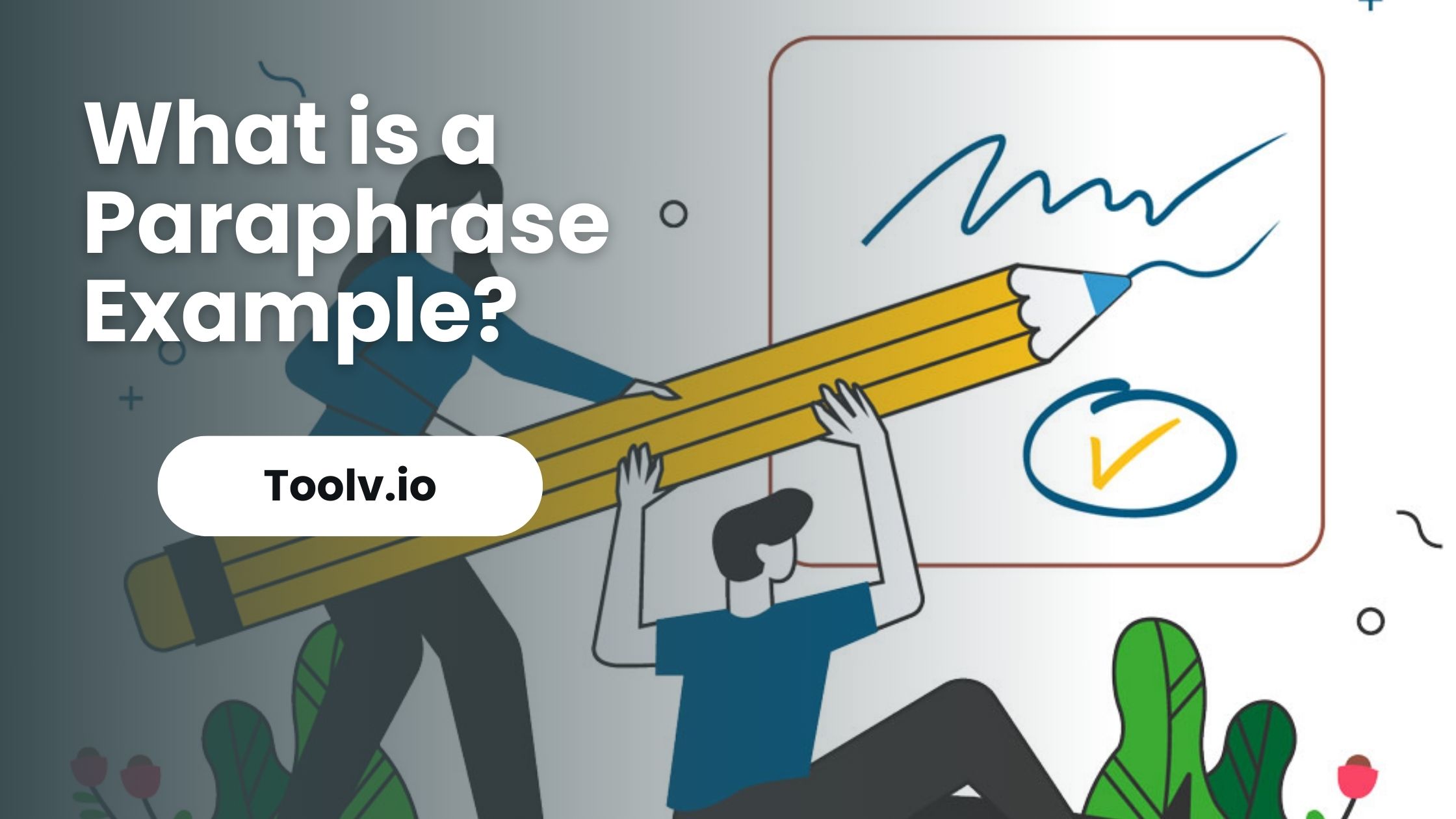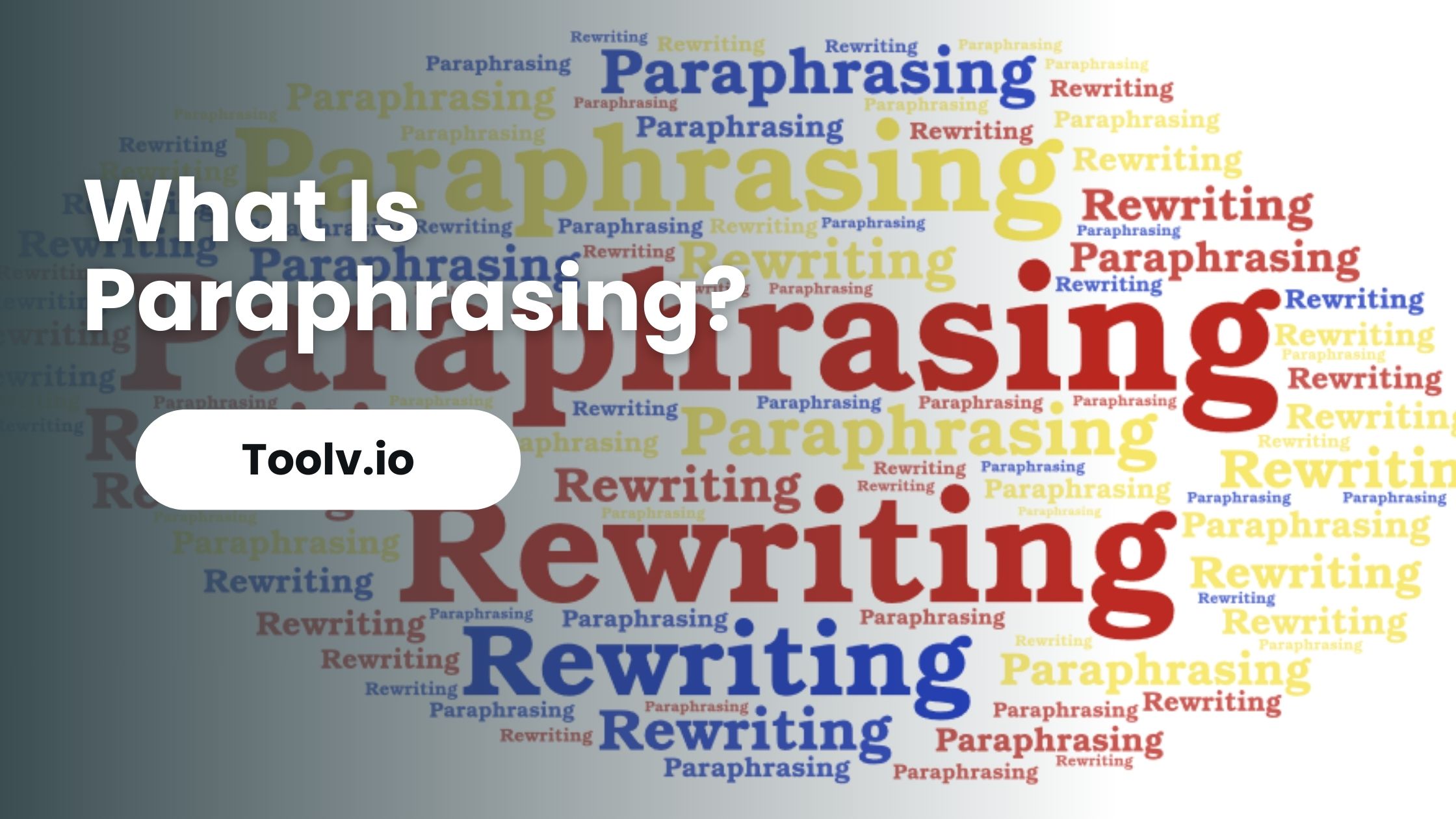How To Summarize A Story?

Summarizing a story is a useful skill that allows you to capture its essence concisely. Whether you’re a student working on a book report or someone who wants to share a story’s key points, learning how to summarize effectively is essential.
In this article, we will discuss practical techniques and tips for summarizing stories, making it easier for you to convey the main ideas while keeping it simple and straightforward.
Why To Summarize A Story?
Summarizing a story helps you understand it better. It makes you think about the main points and what the story is really about. This can be great for remembering the story later or for discussing it with others.
When you summarize, you also improve your skills in picking out important information. It’s like practicing how to find the key parts in a lot of words. This skill is very useful, not just for stories, but in everyday life when dealing with lots of information.
How To Summarize A Story?
- Read the entire story closely, looking for the main elements. Pay attention to characters, setting, plot, conflict, resolution and themes.
- Identify the most important characters and write 1-2 sentences about their role. Also note the key details about when and where the story takes place.
- Write down the major events in the plot in the order they occurred. Include only the highlights that propel the beginning, middle, and end. Omit trivial details.
- Describe any central conflict or challenge the main characters face and how it is resolved or not resolved in the end. This reveals the storyline arc.
- Determine the main theme or lesson of the story. What does the author want the reader to think about?
- Synthesize these key details into concise paragraphs that summarize the essence:
- Introduce main characters and setting
- Explain sequence of major plot events
- Note primary conflict and resolution
- Identify key themes without judgement
- Be accurate, brief, and clear
- Omit your personal opinions, interpretations or commentary. A plot summary objectively states only the most important details about what literally happens in the story from start to finish.
What Is An Example Of Summarizing A Story?
Let’s take the story of “The Tortoise and the Hare” as an example.
Original Story:
In the story, a hare teases a tortoise for his slow pace. The tortoise challenges the hare to a race. The hare, confident of winning, takes a nap mid-race. The tortoise, moving steadily, passes the sleeping hare and wins the race, proving that slow and steady wins the race.
Summary:
In “The Tortoise and the Hare,” a fast hare and a slow tortoise race. The overconfident hare sleeps during the race, while the steady tortoise continues and wins. The story teaches that consistency and perseverance lead to success.
What Are The 5 Parts Of A Summary?
The 5 main parts to effectively summarize information are:
1. Introduction
- Identify the source material (title, author, type of work)
- State the main topic, purpose, and intended audience
2. Main Ideas
- Note the central concepts, chief supporting points, and most significant details
- Identify key facts, statistics, examples, causes, effects, etc.
3. Highlights
- Touch on notable moments, critical scenes, main turns in the plot progression
- Note conclusions drawn, solutions uncovered, lessons conveyed
4. Eliminations
- Omit peripheral information, redundant points, opinion, examples that aren’t vital to the key ideas
- Leave out descriptions, elaborations, minor characters if not essential
5. Synopsis
- Synthesize most important pieces into a unified overview conveying the essence
- Organize logically, use transitions between main points and topics
- Be accurate, brief, clear, and concise in communicating primary concepts only
What Is The Best Way To Summarize?
Summarizing is like telling a short story of a big book. First, read or listen to the main content well. Find the key points, like the main ideas or the big events. Then, put these key points in your own words. Keep it short and simple.
When you summarize, don’t add your own thoughts. Just focus on the main ideas. Make sure the summary is much shorter than the original. If the original is long, your summary should be like a tiny version of it. Use easy words so everyone can understand.
Remember, a good summary shows the heart of the content. It’s like giving someone a quick peek at a long movie. Keep it clear and to the point. This way, anyone can get the main idea fast.
FAQs
What are the key elements to include in a story summary?
Focus on the main plot, the central characters, and the primary conflict or theme. Leave out minor details and subplots.
How can I determine what is important to include in a summary?
Identify the main events that drive the story forward and how characters change or respond to these events. Include crucial turning points and the resolution.
Should direct quotes be used in a summary?
Generally, no. Summarize the story in your own words, except when a direct quote is pivotal to understanding the story’s essence.
How long should a story summary be?
A summary should be concise, ideally no more than 10% of the original story’s length, capturing only the core elements.
Conclusion
Wrapping up a story, remember to echo the key points briefly. Reflect on the characters and the journey they took, ensuring the essence of the tale shines through.
For a polished touch, the Toolv.io Paraphrasing tool can help. It simplifies text, keeping your conclusion crisp and clear. Use it to tweak your words, ensuring your final note is easy to understand and memorable.





